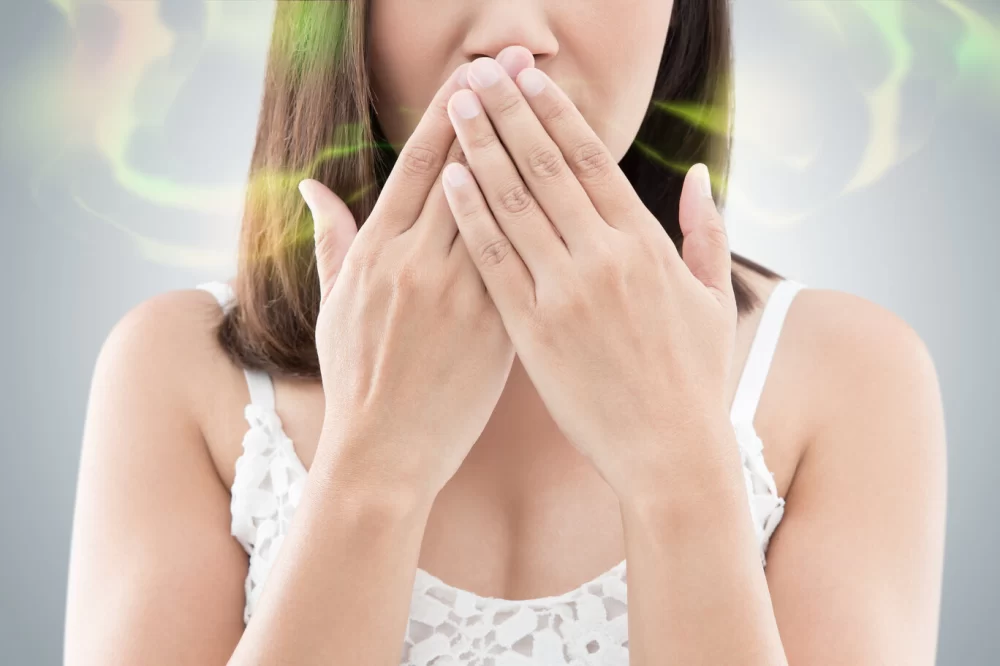
Causes and Prevention of Halitosis (Bad Breath)
- Understanding Halitosis: What Is Bad Breath?
- Main Causes of Halitosis (Bad Breath)
- Effective Prevention Methods for Bad Breath
- Oral Hygiene Tips to Keep Your Breath Fresh
- When to See a Dentist for Bad Breath
Understanding Halitosis: What Is Bad Breath?
Halitosis, commonly known as bad breath, is a condition that affects millions of people worldwide. While it may seem like an embarrassing issue, understanding its causes and prevention strategies can help individuals regain their confidence and enjoy better oral health.
Bad breath can have a significant impact on social interactions, leading to self-consciousness and discomfort. In this article, we will delve into the primary causes of halitosis and provide effective solutions for prevention and treatment.
Main Causes of Halitosis (Bad Breath)
Halitosis can arise from a variety of factors, many of which are related to lifestyle choices, dietary habits, or underlying medical conditions. Let’s explore some of the main causes of bad breath:
1. Poor Oral Hygiene
One of the most common causes of halitosis is inadequate oral hygiene. When food particles are left in the mouth, they interact with bacteria, leading to plaque buildup and foul odors. This can happen if you don’t brush your teeth regularly or skip flossing.
In addition, failing to clean your tongue can contribute to bad breath, as the tongue harbors bacteria that produce an unpleasant odor.
2. Dry Mouth (Xerostomia)
Saliva is essential for keeping your mouth moist and helping to wash away food particles and bacteria. A lack of saliva—known as dry mouth—can lead to bad breath. This condition can be caused by dehydration, certain medications, or salivary gland issues.
3. Food and Drink
Certain foods, such as garlic, onions, and coffee, are notorious for causing bad breath. These foods contain sulfur compounds that linger in the mouth and can cause a strong odor. When food particles break down in your mouth, they contribute to unpleasant breath.
4. Smoking and Tobacco Use
Smoking or using tobacco products is another major cause of halitosis. In addition to causing its own foul odor, smoking also dries out the mouth and promotes bacterial growth, leading to further bad breath.
5. Medical Conditions
In some cases, persistent bad breath can be a sign of an underlying medical condition, such as respiratory infections, sinus problems, diabetes, or gastrointestinal issues. These conditions can lead to halitosis by producing chemicals or bacteria that affect the breath.
Effective Prevention Methods for Bad Breath
Preventing bad breath often involves adopting simple, healthy habits that focus on both oral hygiene and lifestyle choices. Here are some tips to help you keep your breath fresh:
1. Brush Your Teeth Twice a Day
Brushing your teeth twice a day is the foundation of good oral hygiene. Use fluoride toothpaste and a soft-bristled toothbrush to remove plaque and food particles from your teeth and gums. Don't forget to brush your tongue, where bacteria can accumulate and contribute to bad breath.
2. Floss Daily
Flossing helps remove food particles and plaque from between your teeth and along the gumline—areas that your toothbrush may miss. Regular flossing is crucial for preventing bad breath and maintaining overall oral health.
3. Stay Hydrated
Drinking plenty of water throughout the day helps to keep your mouth moist and prevent dry mouth. A hydrated mouth is better at washing away bacteria and food particles that cause bad breath.
4. Chew Sugar-Free Gum
Chewing sugar-free gum can stimulate saliva production, which helps wash away food particles and bacteria. Opt for gum that contains xylitol, as it can further reduce the bacteria responsible for bad breath.
5. Avoid Smoking and Tobacco Products
Quit smoking or using tobacco products to improve both your oral and overall health. Tobacco use not only causes bad breath but also increases the risk of gum disease, tooth decay, and oral cancer.
Oral Hygiene Tips to Keep Your Breath Fresh
In addition to the basic brushing and flossing routine, incorporating a few extra habits can help you keep your breath fresh and your mouth healthy:
1. Use Mouthwash
A mouthwash with antibacterial properties can help kill the bacteria responsible for bad breath. Choose a mouthwash that targets bad breath and promotes overall oral health, not just a temporary minty smell.
2. Clean Your Tongue
Your tongue can harbor bacteria that contribute to bad breath. Use a tongue scraper or brush your tongue gently with your toothbrush to remove bacteria and food particles.
3. Visit Your Dentist Regularly
Regular dental checkups are essential for maintaining healthy teeth and gums. Your dentist can spot early signs of gum disease or other conditions that could be causing your bad breath. Additionally, professional cleanings help remove plaque buildup that contributes to halitosis.
When to See a Dentist for Bad Breath
While bad breath is often temporary and manageable, persistent halitosis may indicate an underlying problem. If you notice that your bad breath doesn’t improve with better oral hygiene or lifestyle changes, it’s important to consult with your dentist. Conditions like gum disease, oral infections, or systemic issues may require professional treatment.
In addition to regular dental visits, your dentist can provide you with personalized recommendations for treating chronic bad breath, ensuring your oral health is in top condition.







 River City Dentistry5.0 (329 review)
River City Dentistry5.0 (329 review) Bloomington Family Dental4.0 (298 review)
Bloomington Family Dental4.0 (298 review) ABC Dental4.0 (433 review)
ABC Dental4.0 (433 review) Paul E. Webb, DDS5.0 (11 review)
Paul E. Webb, DDS5.0 (11 review) Ascend Dental Design5.0 (362 review)
Ascend Dental Design5.0 (362 review) Arlington Family & Cosmetic Dental Associates4.0 (121 review)
Arlington Family & Cosmetic Dental Associates4.0 (121 review) The Importance of Oral Health Education During Pregnancy for a Healthy Pregnancy
The Importance of Oral Health Education During Pregnancy for a Healthy Pregnancy Best Tips for Brushing Your Teeth Properly for Healthy Gums: Essential Techniques for Oral Health
Best Tips for Brushing Your Teeth Properly for Healthy Gums: Essential Techniques for Oral Health Why Skipping Dental Checkups Can Lead to Bigger Oral Health Problems
Why Skipping Dental Checkups Can Lead to Bigger Oral Health Problems Advantages of Porcelain Dental Restorations
Advantages of Porcelain Dental Restorations How Can Diabetes Cause Tooth and Gum Problems? Preventing and Managing Oral Health Issues
How Can Diabetes Cause Tooth and Gum Problems? Preventing and Managing Oral Health Issues Healthy Habits for Promoting Good Oral Health and Hygiene: Tips for a Healthy Smile
Healthy Habits for Promoting Good Oral Health and Hygiene: Tips for a Healthy Smile